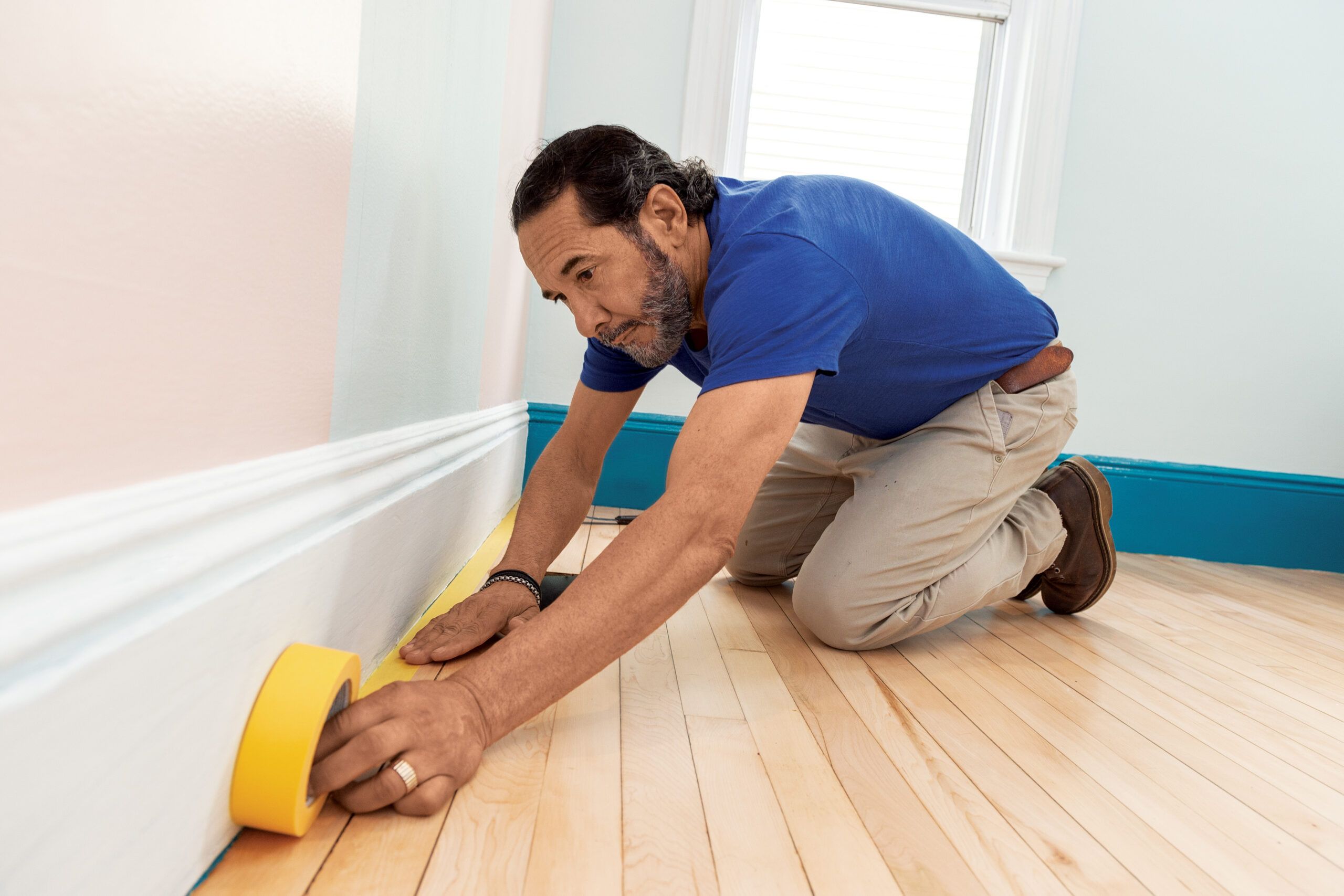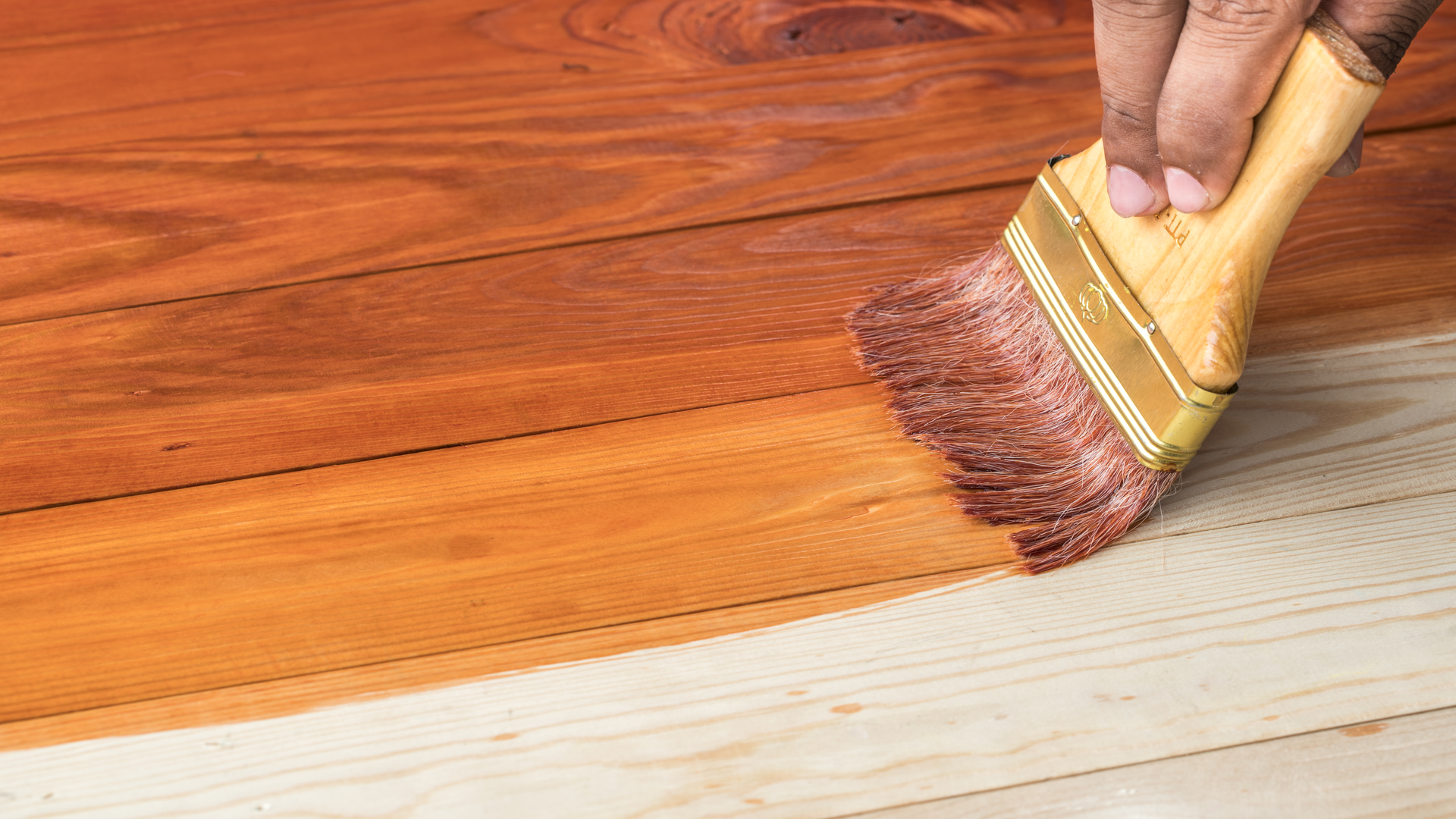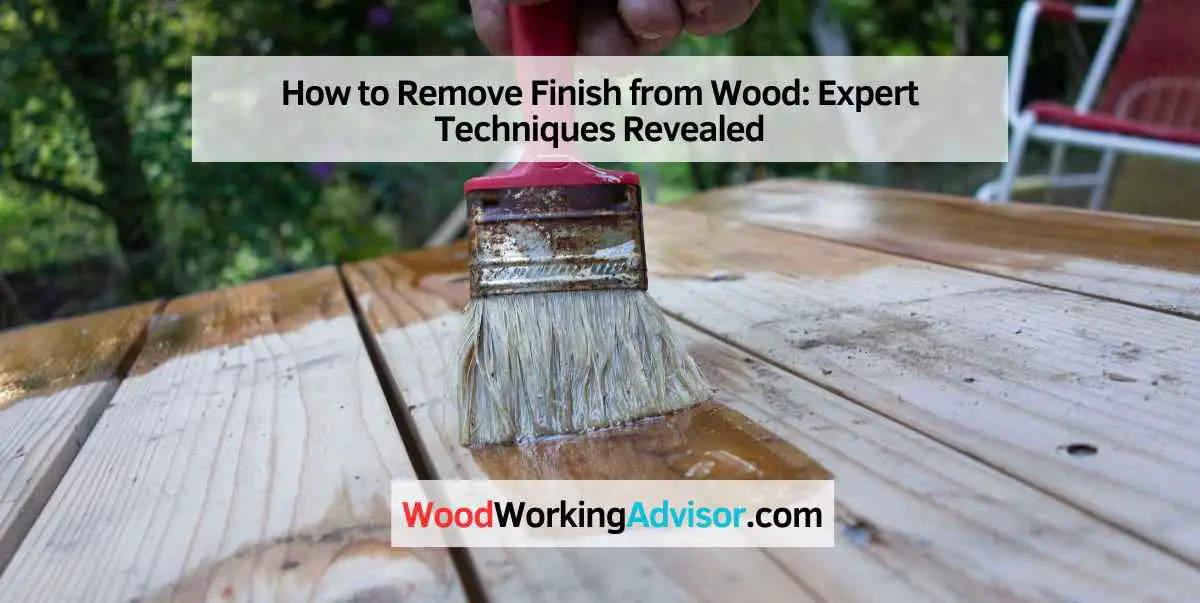To remove finish from wood, sand the surface using coarse sandpaper followed by fine sandpaper to smoothen it. Stripping the finish from wood is a necessary step to refinish or restore the wood’s natural beauty.
Whether it’s an old piece of furniture or a wooden floor, removing the existing finish is the first and crucial step in the process. By using the right tools and techniques, you can effectively remove the finish from wood and prepare it for a new coat of stain or varnish.
In this guide, we will cover the various methods for removing finish from wood, including sanding, chemical stripping, and heat guns, as well as provide tips for choosing the best approach based on the type of wood and finish. Keep reading to learn how to give your wood a fresh start!
Understanding The Finish
When it comes to restoring or refinishing wood, the first step is to understand the existing finish. Knowing the type of finish on your wood is crucial before starting the removal process. This is important because different finishes require different removal techniques. Understanding the finish will help you determine the most effective method for removing it without damaging the wood.
Types Of Wood Finishes
There are several types of wood finishes commonly used, each with its own characteristics and removal challenges:
- Lacquer
- Shellac
- Varnish
- Polyurethane
- Wax
- Oil-based finishes
Why Remove The Finish
There are various reasons why you may need to remove the finish from wood:
- To repair damaged areas
- To change the color of the wood
- To prepare the surface for a new finish
- To strip away layers of old finish built up over time
- To restore the natural beauty of the wood

Credit: octopusdoors.com.au
Preparing The Work Area
Preparing the work area is an essential step when removing finish from wood. It ensures the safety of the person performing the task and the protection of the surrounding environment. Taking the time to gather necessary supplies and taking safety precautions will make the process smoother and more efficient.
Gathering Necessary Supplies
Before starting the finish removal process, it’s crucial to gather all the necessary supplies. This will save time and prevent disruptions once the work begins. Here is a list of essential items:
- Protective gear: Safety goggles, gloves, and a dust mask to protect against dust and fumes.
- Drop cloths or plastic sheeting: To protect the surrounding area from dust and debris.
- Sandpaper or sanding pads: Various grits for different stages of the process.
- Chemical stripper: Choose a suitable finish remover based on the type of finish on the wood.
- Paint scraper or putty knife: For scraping off the softened finish.
- Clean rags or sponges: To apply the chemical stripper and clean the wood after removal.
- Ventilation: Ensure proper ventilation in the workspace to disperse fumes.
Taking Safety Precautions
Safety should be a top priority when working with finish removal chemicals and wood. Adhering to safety precautions will minimize the risk of accidents and exposure to harmful substances. Here are the essential safety measures to consider:
- Work in a well-ventilated area: Open windows and use fans to ensure proper airflow during the process.
- Use protective gear: Wear safety goggles, gloves, and a dust mask to shield against fumes and dust particles.
- Read and follow instructions: Always carefully read and adhere to the manufacturer’s instructions for the chemical stripper and other materials.
- Dispose of waste properly: Follow local regulations for the disposal of used sandpaper, chemical-soaked materials, and other waste.
Choosing The Right Method
When it comes to removing finish from wood, it is crucial to choose the right method that suits your particular project. The method you select will depend on factors such as the type of finish, the condition of the wood, and your personal preference. In this article, we will explore three effective techniques for removing finish from wood: chemical stripping, sanding, and heat gun stripping. Let’s dive into each method in detail.
Strongchemical Stripping/strong
If you are looking for a straightforward method to remove finish from wood, chemical stripping is an excellent choice. This technique involves using a chemical stripper to dissolve the old finish, making it easier to scrape or wipe off. Here’s a step-by-step guide to using chemical stripping:
- Prepare the work area: Start by covering the surrounding area with a drop cloth or plastic sheet to protect it from any spills or drips.
- Apply the stripper: Using a brush or rag, apply a generous amount of chemical stripper to the wood surface. Make sure to work in small sections at a time.
- Let it sit: Allow the stripper to sit on the wood for the recommended time specified by the manufacturer. This will give it enough time to penetrate and dissolve the old finish.
- Scrape off the finish: Once the finish has softened, use a scraper or putty knife to remove it gently. Always work in the direction of the wood grain to avoid damaging the surface.
- Clean the wood: After all the finish has been removed, wipe down the wood with a clean cloth dampened in mineral spirits to remove any residue or leftover stripper.
Strongsanding/strong
Another popular method for removing finish from wood is sanding. This technique involves using sandpaper or a power sander to remove the top layers of the finish. Follow these steps for effective sanding:
- Select the right sandpaper: Depending on the type of finish and the condition of the wood, choose the appropriate grit of sandpaper. Coarse grits, such as 60 or 80, are ideal for removing old finish, while finer grits, like 120 or 150, are suitable for smoothing the wood after the finish has been removed.
- Protect yourself: Before you begin sanding, make sure to put on safety goggles, a dust mask, and protective clothing to shield yourself from flying particles.
- Start sanding: Use long, even strokes, following the direction of the wood grain. Begin with a coarse grit sandpaper to remove the finish gradually. As you progress, switch to finer grit sandpaper for a smoother finish.
- Inspect the wood: Once the finish has been completely removed, inspect the wood surface for any uneven areas, scratches, or imperfections. Sand those areas again, focusing on blending the transition between the sanded and unsanded portions.
- Clean up: After sanding, remove all the dust and debris from the wood surface using a vacuum cleaner, compressed air, or a damp cloth.
Strongheat Gun Stripping/strong
If you are dealing with stubborn finishes or intricate details, using a heat gun can be an effective method for removing finish from wood. Follow these steps when using a heat gun:
- Protect yourself: Prioritize safety by wearing heat-resistant gloves, safety goggles, and using a heat gun with adjustable temperature settings.
- Apply heat: Hold the heat gun a few inches away from the wood surface and apply heat evenly, moving it around to prevent scorching. Keep a close eye on the wood to avoid overheating or causing damage.
- Scrape off the softened finish: As the heat gun heats the finish, use a scraper or putty knife to gently scrape off the softened finish. Work in small sections and be cautious not to gouge the wood.
- Clean the wood: Once all the finish has been removed, wipe down the wood with a clean cloth to remove any residue or leftover finish.
- Smooth the surface: After heat gun stripping, sand the wood lightly with fine-grit sandpaper to remove any remaining traces of finish and ensure a smooth surface.

Credit: www.thisoldhouse.com
Step-by-step Process
Applying The Chosen Method:
Start by determining the appropriate method for removing the finish from the wood surface.
Prepare your workspace by using protective gear such as gloves and goggles.
- Choose from options like sanding, using a heat gun, or applying a chemical stripper.
- Follow the instructions carefully to avoid damage to the wood.
Removing The Finish:
Begin the removal process by applying the chosen method evenly across the surface.
Work in small sections to ensure thorough coverage and effective removal.
- For sanding, use a proper grit sandpaper and move in the direction of the wood grain.
- If using a heat gun, apply heat evenly and scrape off the softened finish.
- When using a chemical stripper, apply according to instructions and scrape off the softened finish.
Evaluating The Results:
After removing the finish, assess the wood surface to check for any remaining residue.
Clean the surface thoroughly to remove any leftover finish or debris.
- Examine the wood for any areas that may require additional attention.
- Ensure the surface is smooth and free of any old finish before proceeding.
Repeat If Necessary:
If needed, repeat the removal process in areas where the finish was not completely removed.
Continue until the wood surface is free of all old finish and is smooth to the touch.
Finishing Touches
Discover the secrets to effectively removing finish from wood with these essential tips. Learn how to achieve flawless results with the right techniques and tools.
Sanding And Smoothing The Wood
When removing finish from wood, sanding and smoothing the surface is crucial. Begin with coarse-grit sandpaper and gradually move to finer grits. Ensure all old finish is fully removed.
- Start with coarse-grit sandpaper
- Gradually move to finer grits
- Ensure old finish is fully removed
Applying A New Finish
After sanding, apply a new finish to the wood surface. Choose a finish that suits your project needs, whether it be stain, varnish, or paint. Ensure the finish is applied evenly.
- Choose a suitable finish
- Apply the finish evenly

Credit: www.wood-finishes-direct.com
Frequently Asked Questions For How To Remove Finish From Wood
What Is The Easiest Way To Remove A Wood Finish?
The easiest way to remove a wood finish is by using a chemical stripper. Apply the stripper, wait for it to loosen the finish, then scrape it off. Sand the surface to remove any remaining finish and smooth the wood.
Always follow safety precautions and work in a well-ventilated area.
What Is The Easiest Way To Remove Varnish From Wood?
The easiest way to remove varnish from wood is by using a chemical stripper. Apply the stripper, wait for it to soften the varnish, then scrape it off with a putty knife. Sand the remaining varnish and finish with a wood cleaner.
Is It Better To Sand Or Strip Furniture?
Sanding is better for removing stains and imperfections, while stripping is more effective for removing old paint or finishes. Choose based on your furniture’s needs.
How Do You Remove A Shiny Finish From Wood?
To remove a shiny finish from wood, use a paint stripper or sandpaper for thorough removal. Sand in the direction of the wood grain until the shine is gone. Wipe clean for a smooth finish.
Conclusion
To sum up, removing finish from wood can be a challenging task, but with the right techniques and products, it becomes achievable. Whether you opt for sanding, chemical stripping, or heat guns, make sure to prioritize safety and follow the recommended guidelines.
By taking your time and being thorough, you can restore the natural beauty of the wood and create a fresh canvas for further refinishing or repainting projects. Remember, practice makes perfect, so don’t be discouraged if it takes a few attempts to master the art of removing wood finish.
Happy refinishing!


